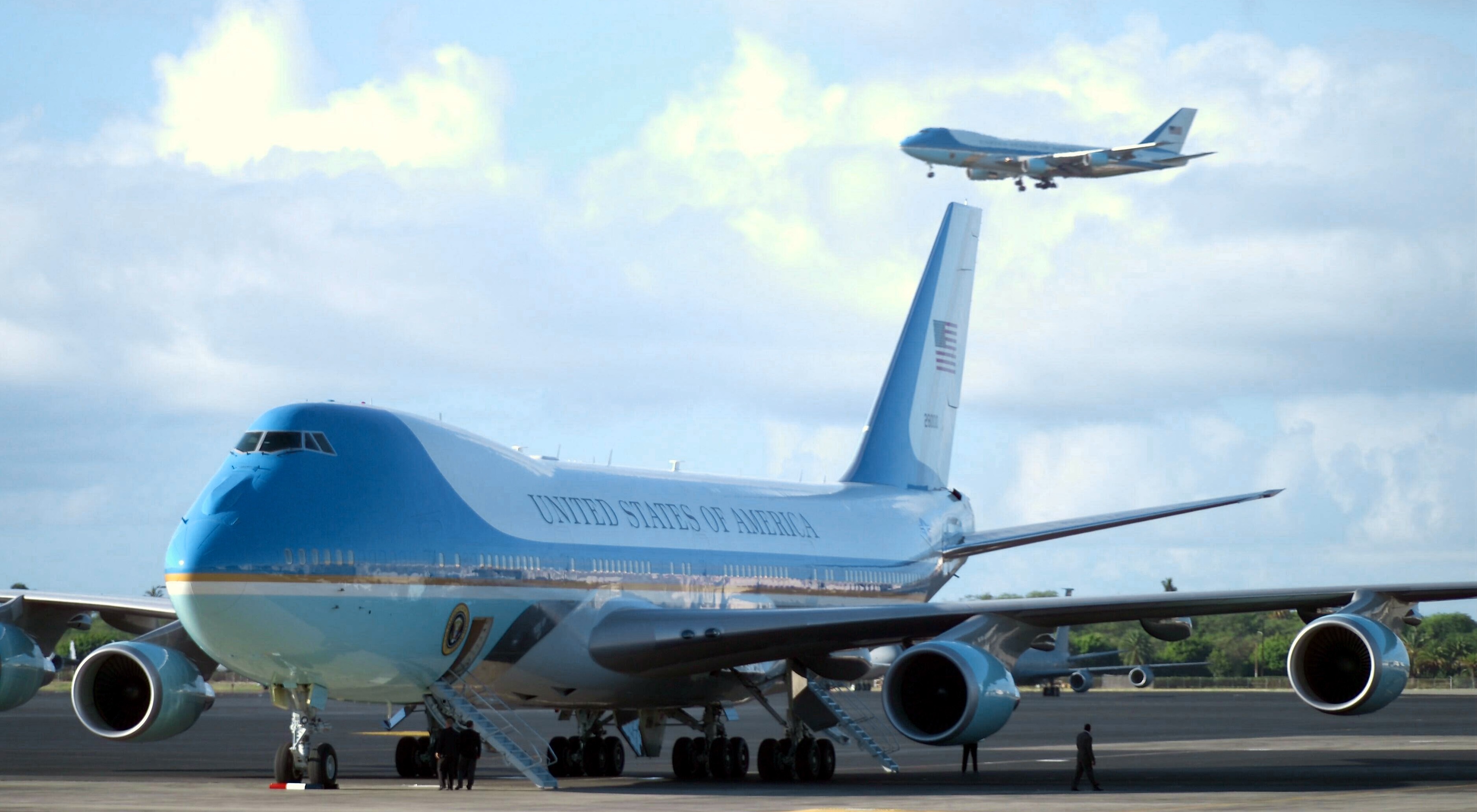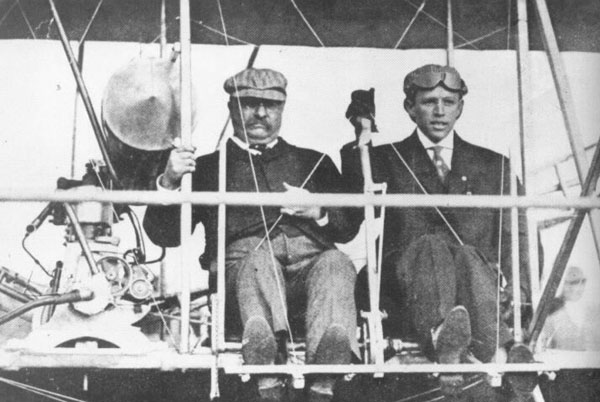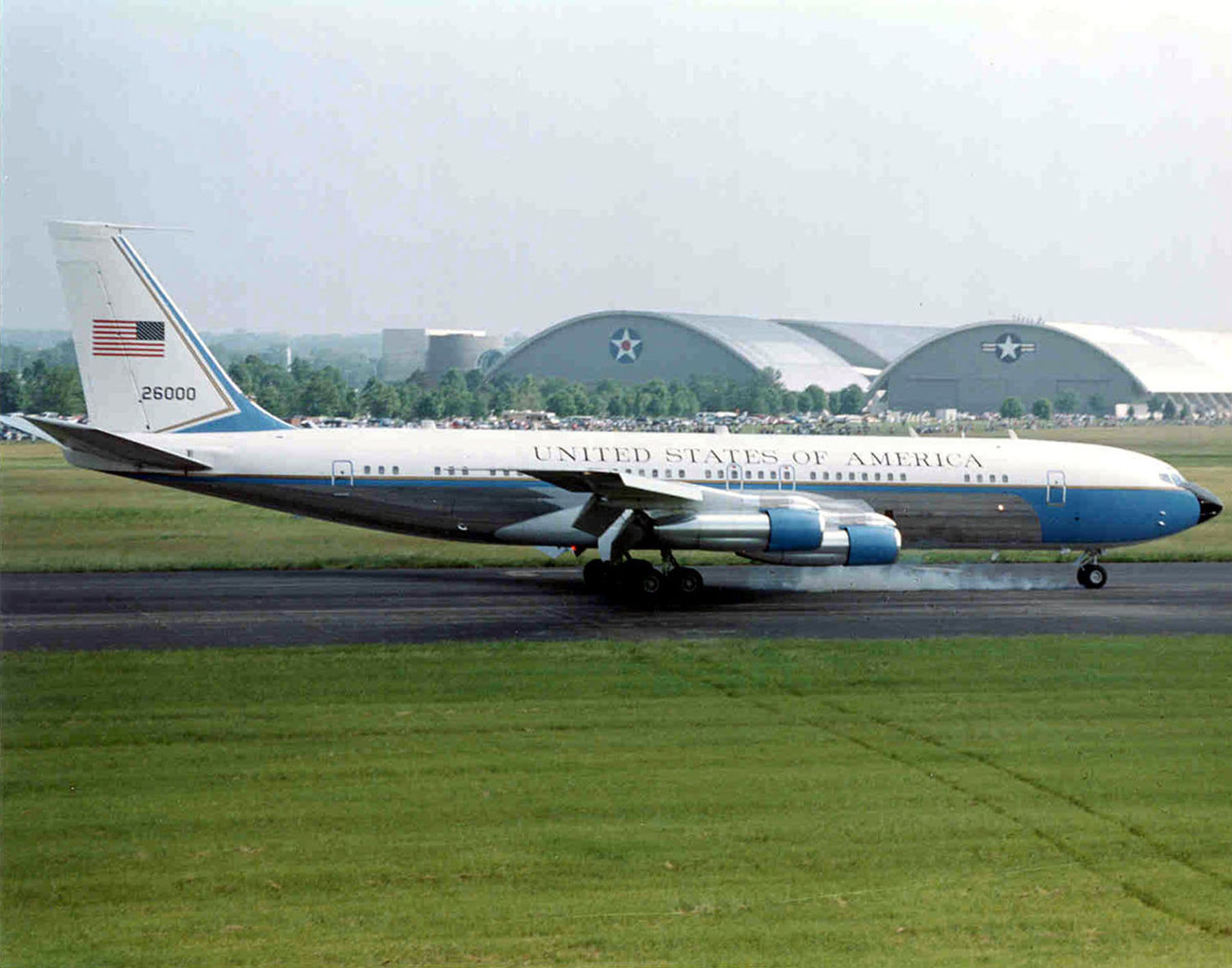8 Questions to Test Your U.S. Presidential Aviation History
Air Force One. Today, just about everyone knows what that name means—it’s the U.S. Air Force aircraft that transports the President of the United States of America. This Presidents’ Day, we take a look back at the rich history of U.S. presidents taking to the air.

Q: When did Air Force One become the official call sign for planes that transfer U.S. presidents?
A: 1953
That’s the year confusion with similar flight numbers on the presidential plane and an Eastern Airlines flight led to the creation of the name during the presidency of Dwight D. Eisenhower, making him the first president to fly on a plane with the call sign Air Force One.
Q: Who was the first president to fly on a plane specifically designed for presidential use?
A: John Kennedy, in 1962
While Eisenhower was the first to fly on a plane called Air Force One, the first president to fly on a plane that was designed specifically for presidential use was John Kennedy, in 1962. That plane was a modified Boeing 707. That same plane also hosted another “first,” although much sadder: the first time a president was inaugurated aboard Air Force One. That was Lyndon B. Johnson, sworn in on while on the tarmac of Dallas’s Love Field after JFK’s assassination in 1963.
Q: Which U.S. president was the first to earn his pilot license?
A: Dwight D. Eisenhower
Eisenhower was also the first president to hold a pilot license, earning his while in the military. Both George Bushes also earned a pilot license prior to taking office.
Q: Which U.S. president was the first to fly?
A: The first president to fly came much earlier than Eisenhower, of course. Teddy Roosevelt took to the skies less than seven years after the Wright Brothers’ famous first flight, climbing into a Wright Flyer in St. Louis on October 11, 1910. That was after he left office, however. Franklin D. Roosevelt was the first to fly while still in office. FDR embarked on a 19-hour flight in January 1943 that took him from Miami, Fla., to (eventually) Morocco. His flights included both a Boeing 314 flying boat and a TWA C-54.

Teddy Roosevelt (left) prepares to take to the air.
Our First Ladies weren’t too far behind, either. Warren Harding’s wife, Florence, flew during a trip to Panama in November 1920. However, since Harding wasn’t inaugurated until January 1921, she wasn’t the first First Lady to fly while in office. That honor, too, goes to the Roosevelts.
Q: Which First Lady flew with Amelia Earhart?
A: Eleanor Roosevelt was a passenger with Amelia Earhart on April 20, 1933, joining the pioneer in air after a White House dinner.
Q: Who was the last U.S. president to fly commercial?
Even after the introduction of the official Air Force One, that wasn’t the end of presidents flying commercial. In 1973, in response to the nationwide gas crisis, Richard Nixon stepped aboard a United Airlines flight from Washington, D.C., to Los Angeles to save fuel.
Q: How much does it cost to operate Air Force One on a one-hour flight?
A: Operating, maintenance and fuel costs tally up to about $230,000 for a one-hour flight aboard Air Force One. According to www.whitehouse.gov, it has a fuel capacity of more than 53,000 gallons and a range of 7,800 miles. The plane is also capable of refueling in midair.
Q: What airplane model will the next Air Force One use?
A: A new Air Force One is in development now, with the Air Force announcing in January that the next AF1 will be a Boeing 747-8. Only time will tell who enters the history books as the first to ride in the new aircraft.
Do you have a presidential aviation story? Any personal interactions with Air Force One? Tell us! Send your stories to communications@alpa.org.


